Learn the basics of raw feeding for pets, including benefits, transition steps, and tips for balanced nutrition and safety in your dog or cat’s diet.
Feeding your pet raw food is something you might want to try. It’s about giving your dog or cat raw meat, bones, and other fresh foods. This way is close to what animals eat in the wild. Many people say their pets feel better with raw feeding. But, changing your pet’s diet to raw food takes time. You can’t rush it. You also need to be sure your pet gets all the right nutrients. Don’t worry, we’ll walk through it step by step. In this article, you will learn how to switch your pet to raw food and keep them healthy.
Raw Feeding Guide: Everything You Need to Know
Raw feeding is becoming an increasingly popular choice among pet owners who wish to offer a diet closer to what their pets might consume in the wild. This comprehensive guide covers the essentials of raw feeding, from understanding the basic principles to learning how to safely transition your pet to this type of diet.
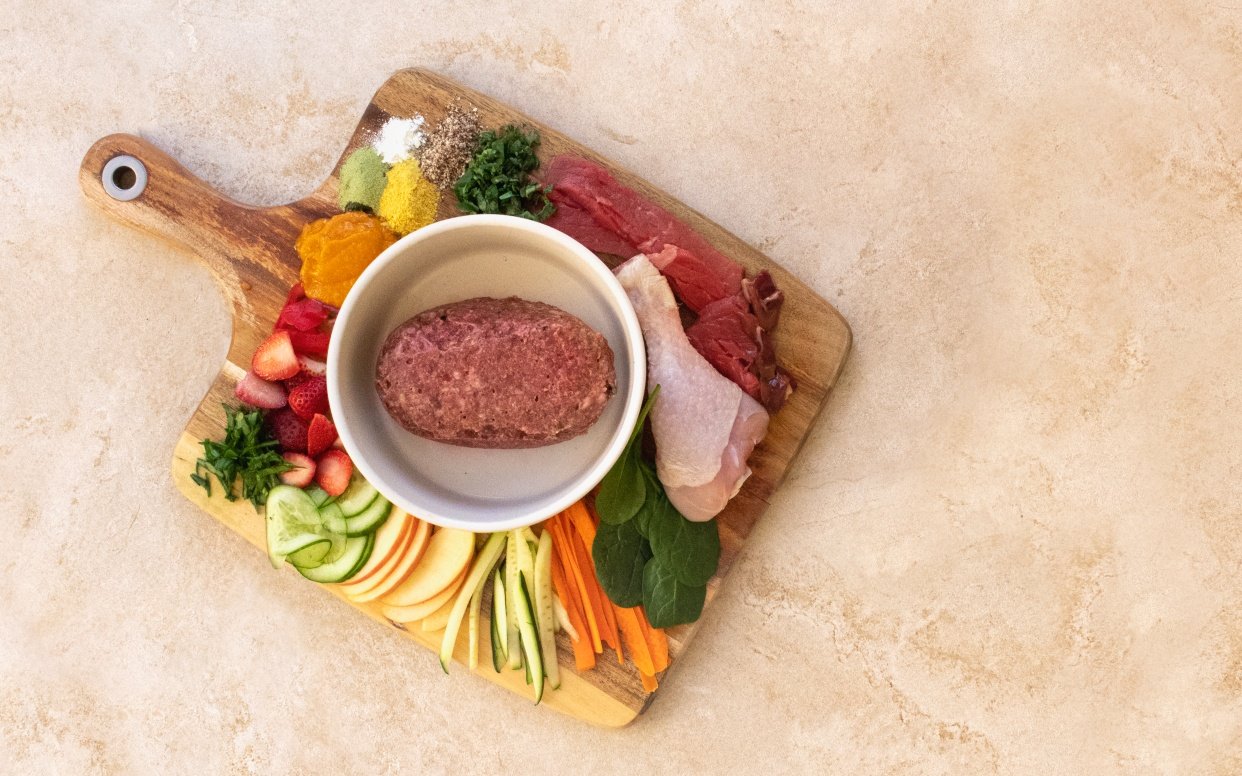
What is Raw Feeding and Why Should You Consider It for Your Pet?
Raw feeding is a diet that emphasizes feeding pets, particularly dogs and cats, uncooked meat, bones, and organs. This approach mimics the natural diet of wild animals, aiming to provide them with nutrients in their most “natural” form. The goal of raw feeding is to align with what a pet’s ancestors would have eaten in the wild, promoting better health, improved digestion, and enhanced overall well-being.
Many pet owners have turned to raw feeding to address specific health issues in their pets, such as allergies, obesity, or digestive problems. By offering a diet that’s closer to what their pets would eat in the wild, owners hope to achieve better nutritional balance and improved vitality.
How to Transition Your Pet to a Raw Feeding Diet
Switching your pet to a raw diet isn’t something you should do overnight. Instead, a gradual transition is key to avoiding digestive upset and ensuring your pet adapts well. Start by mixing small amounts of raw food with their current diet, gradually increasing the raw portion over one to two weeks.
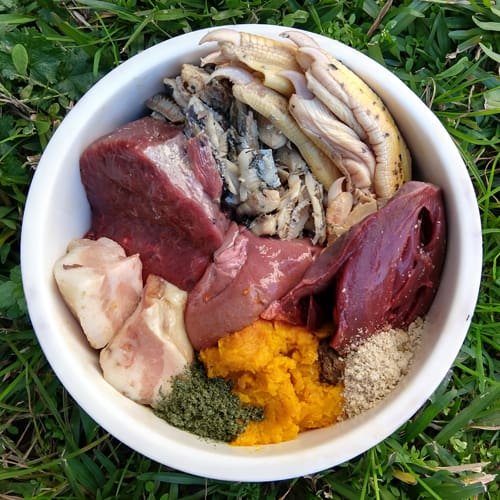
During this time, observe your pet’s reaction closely. Look for signs that they’re adjusting well, such as maintained energy levels, consistent stool quality, and enthusiasm during mealtime. If any issues arise, slow down the transition or consult a veterinarian for advice.
The Nutritional Balance in a Raw Feeding Diet
Achieving the right nutritional balance in a raw feeding diet is essential. Pets need a variety of nutrients, including proteins, fats, vitamins, and minerals. A well-planned raw diet should include a combination of muscle meat, organs, bones, and sometimes vegetables or supplements to ensure all nutritional needs are met.
A common mistake among those new to raw feeding is focusing too much on one type of food, such as only feeding muscle meat. This can lead to deficiencies or imbalances. Consulting with a pet nutritionist or using balanced raw feeding guides can help you avoid these pitfalls.
Different Types of Raw Feeding Diets
There are several approaches to raw feeding, each with its own benefits:
- BARF Diet (Biologically Appropriate Raw Food): Includes raw meat, bones, organs, and a small amount of fruits and vegetables.
- Whole Prey Model: Focuses on feeding whole animals, like chickens or rabbits, to mimic what a pet would eat in the wild.
- Homemade Raw Diets: Allows complete control over what your pet eats, although it requires careful planning to ensure balance.
- Commercially Available Raw Diets: Convenient options that are pre-packaged and balanced, but may be more expensive.
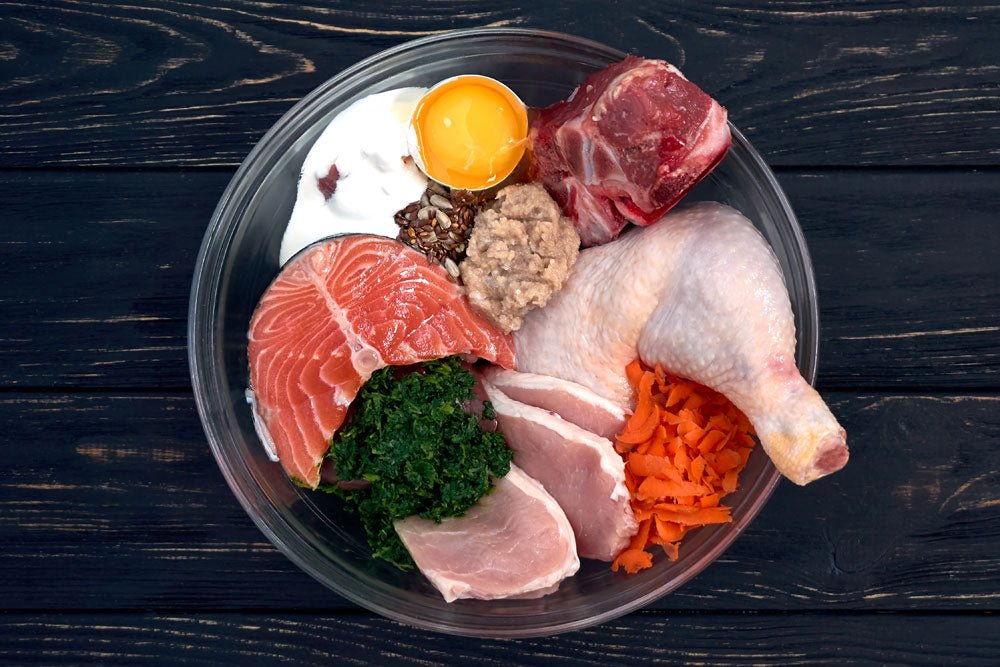
The Health Benefits of Raw Feeding for Dogs and Cats
Many pet owners report that their pets experience significant health improvements after switching to a raw diet. Commonly noted benefits include:
- Improved digestion: Pets on raw diets often have fewer digestive issues and more regular bowel movements.
- Healthier skin and coat: A balanced raw diet can lead to a shinier coat and less shedding.
- Enhanced energy levels: Many pets seem more energetic and playful after transitioning to raw food.
- Better weight management: The higher protein and lower carbohydrate content of raw diets can help maintain a healthy weight.
Safety Considerations for Raw Feeding
While raw feeding can be beneficial, it also comes with certain risks. Handling raw meat requires strict hygiene practices to prevent contamination, both for you and your pet. Always wash your hands thoroughly after handling raw food, and clean your pet’s bowls and preparation areas regularly.
Managing raw bones is another important aspect. While bones can provide essential nutrients and help keep teeth clean, there’s a risk of choking or injury if bones are too large or not chewed properly. Soft, pliable bones like chicken necks are generally safer.

How to Source and Prepare Raw Food for Your Pet
Sourcing high-quality raw food is crucial for your pet’s health. Look for reputable suppliers who provide fresh, human-grade meat without additives or preservatives. Many pet owners opt for local butchers or specialized raw pet food providers.
When preparing raw meals at home, make sure to handle all ingredients with care. Portion out meals based on your pet’s size and nutritional needs, and store any leftovers in the freezer to maintain freshness. Remember, raw food should never be left out at room temperature for long periods.
Raw Feeding Myths Debunked
There are several myths surrounding raw feeding that can cause confusion. Let’s address some of the most common:
-
Myth: Raw feeding is dangerous and can cause illness.
- Reality: When handled properly, raw food is safe. Many veterinarians and pet nutritionists support raw feeding when done correctly.
-
Myth: Raw diets lack balance and lead to nutritional deficiencies.
- Reality: A well-planned raw diet is balanced and provides all necessary nutrients. The key is variety and proper preparation.
-
Myth: All pets will thrive on a raw diet.
- Reality: While many pets do well, raw feeding isn’t suitable for every animal. Some pets have specific health conditions that may require different dietary approaches.
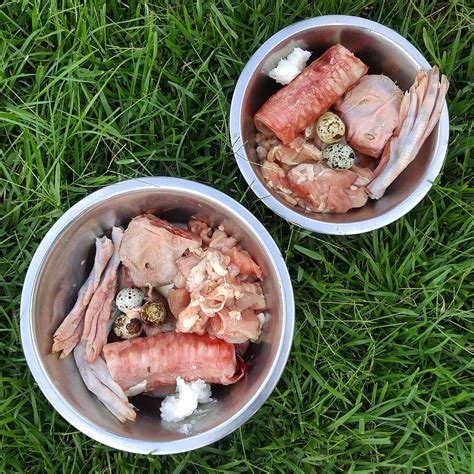
Raw feeding can help your pet live a healthier life. By giving them natural food, you support their well-being and vitality. Remember, the transition should be slow, and the diet must be balanced. If you have questions or want to share your experience, leave a comment below. Feel free to explore more articles on our website to keep your pet happy and healthy. Your pet deserves the best, and we’re here to help you give it to them.
Frequently Asked Questions About Raw Feeding
Is it safe to start a raw feeding diet for my pet?
Yes, starting a raw feeding diet is generally safe for your pet, but it requires careful planning and consultation with your veterinarian, especially if your pet has pre-existing health conditions. Raw feeding aims to provide a diet that mimics what animals might eat in the wild, focusing on raw meats, bones, and vegetables. However, it’s essential to transition gradually to prevent gastrointestinal issues and ensure your pet is getting a balanced diet. Start with a single protein source and slowly introduce other components over time.
What are the benefits of raw feeding?
There are several reported benefits of raw feeding, including improved digestion, healthier skin and coat, better oral health, and smaller stools. Raw feeding enthusiasts believe that the natural enzymes and unprocessed nutrients in raw food contribute to overall better health. Additionally, chewing on raw bones may help reduce plaque buildup and promote healthier teeth and gums.
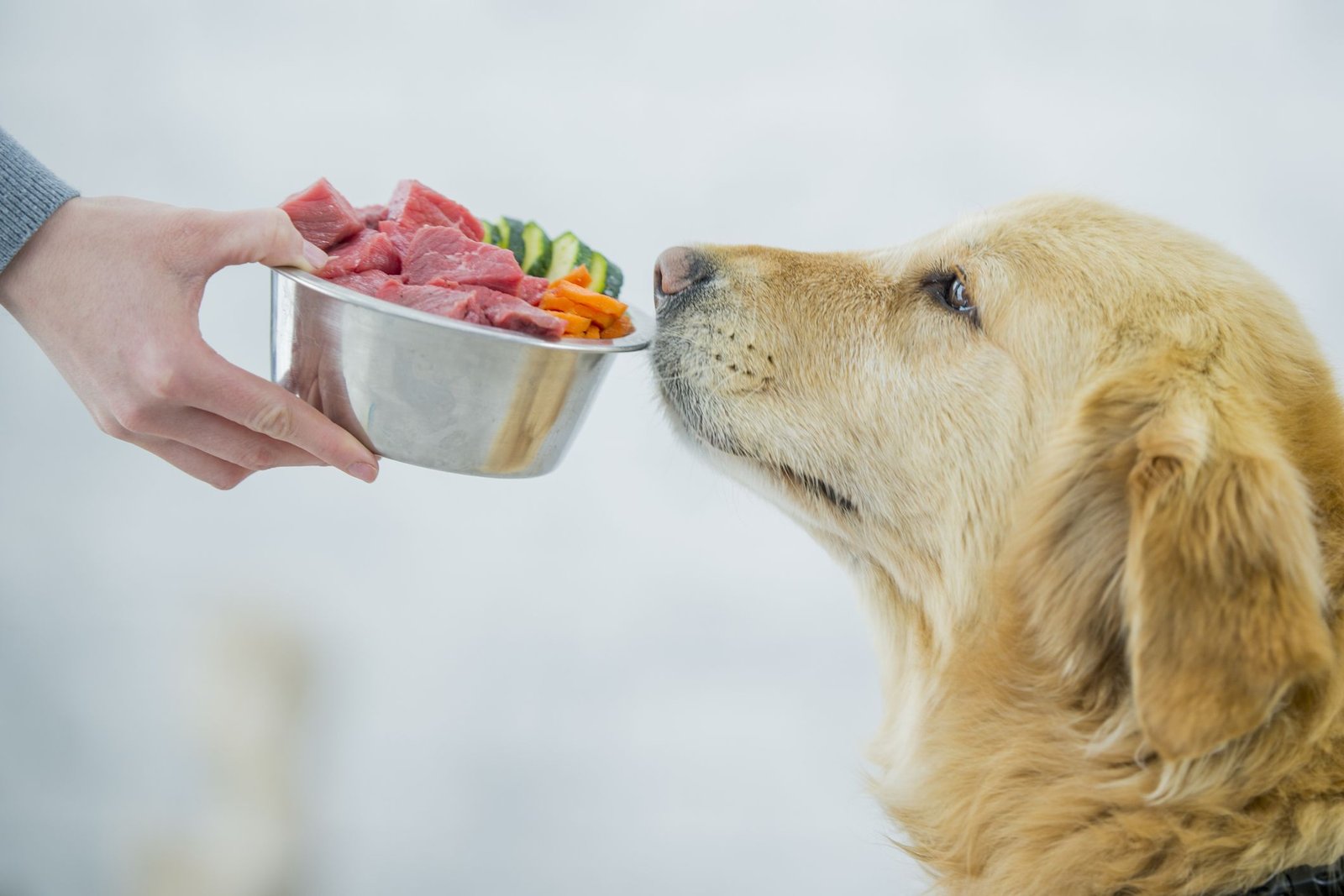
Can raw feeding cause digestive issues in pets?
Yes, especially during the initial transition period, pets may experience digestive issues such as vomiting or diarrhea. These symptoms are often temporary as your pet’s digestive system adjusts to the new diet. It’s essential to introduce raw food slowly and monitor your pet’s reaction. Using a slow-feeding bowl can also help reduce gulping, which may minimize digestive upset.
How do I safely transition my pet to a raw diet?
Transitioning to a raw diet should be done gradually over several weeks. Start by mixing small amounts of raw food with your pet’s current diet and slowly increase the portion of raw food each day. It may take up to two months for some pets to fully adjust. Patience is key—rushing the process can lead to digestive issues or food rejection.
Can I mix raw food with kibble?
It’s generally not recommended to mix raw food with kibble because they digest at different rates, which can lead to digestive problems. Kibble is carbohydrate-rich and metabolizes differently than raw food, potentially causing gut health issues when combined. If you must combine the two, it’s better to feed them at separate meals.